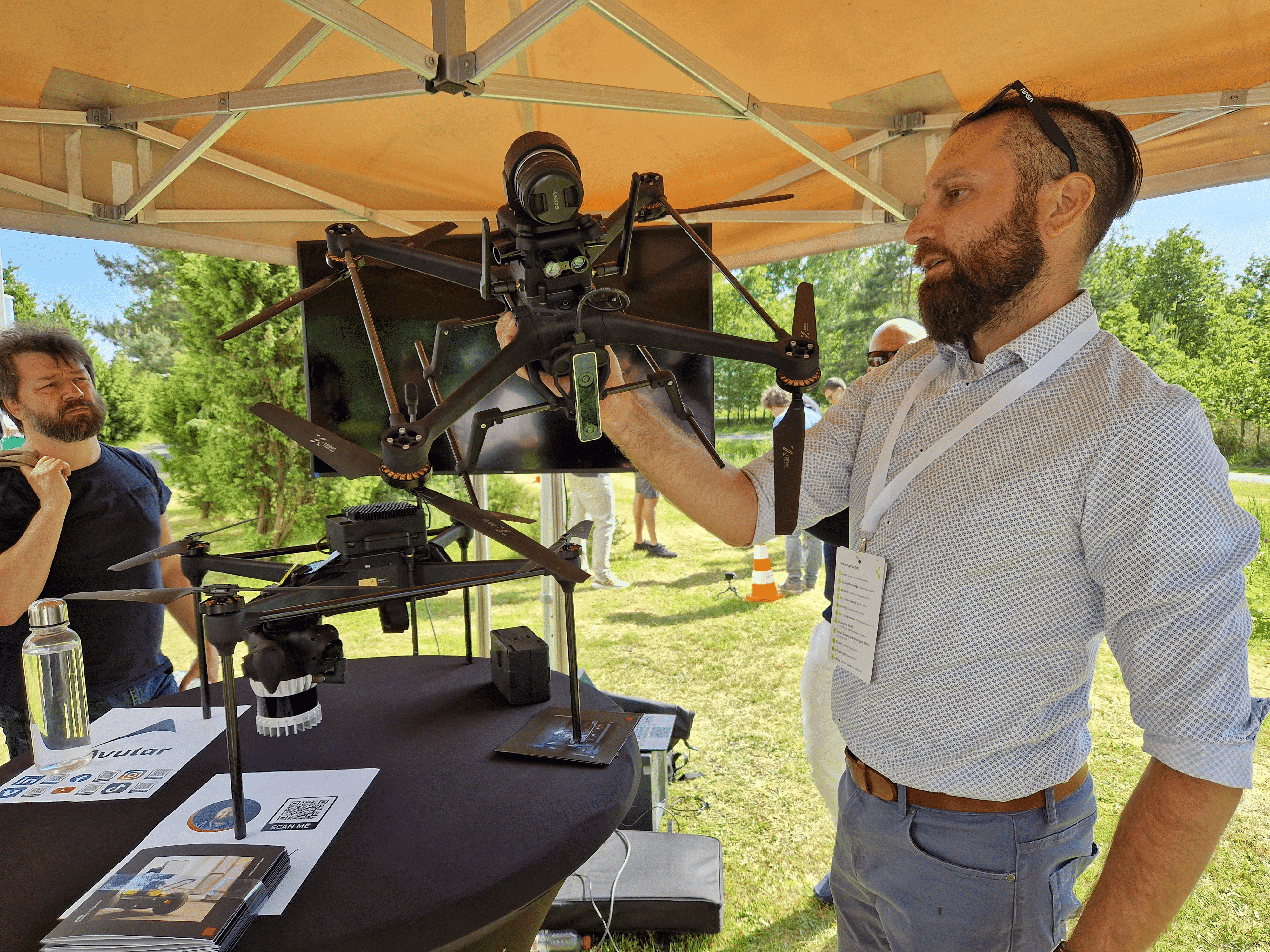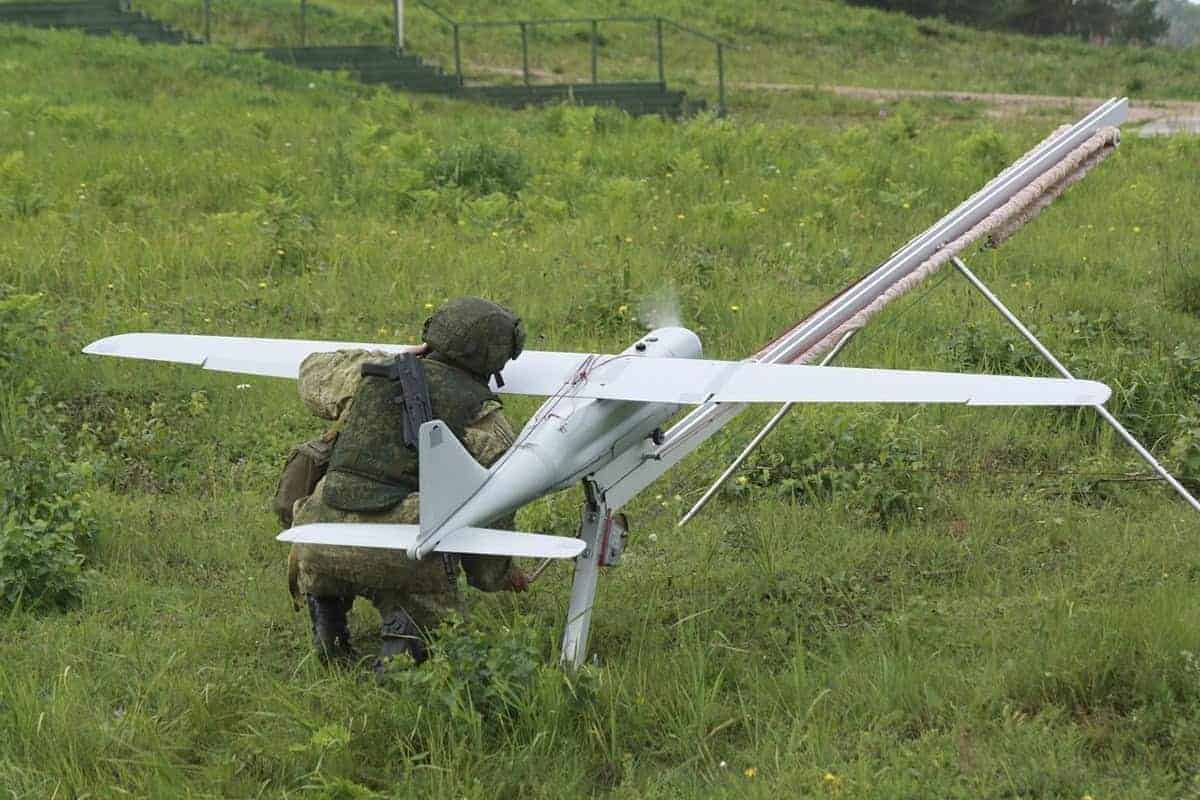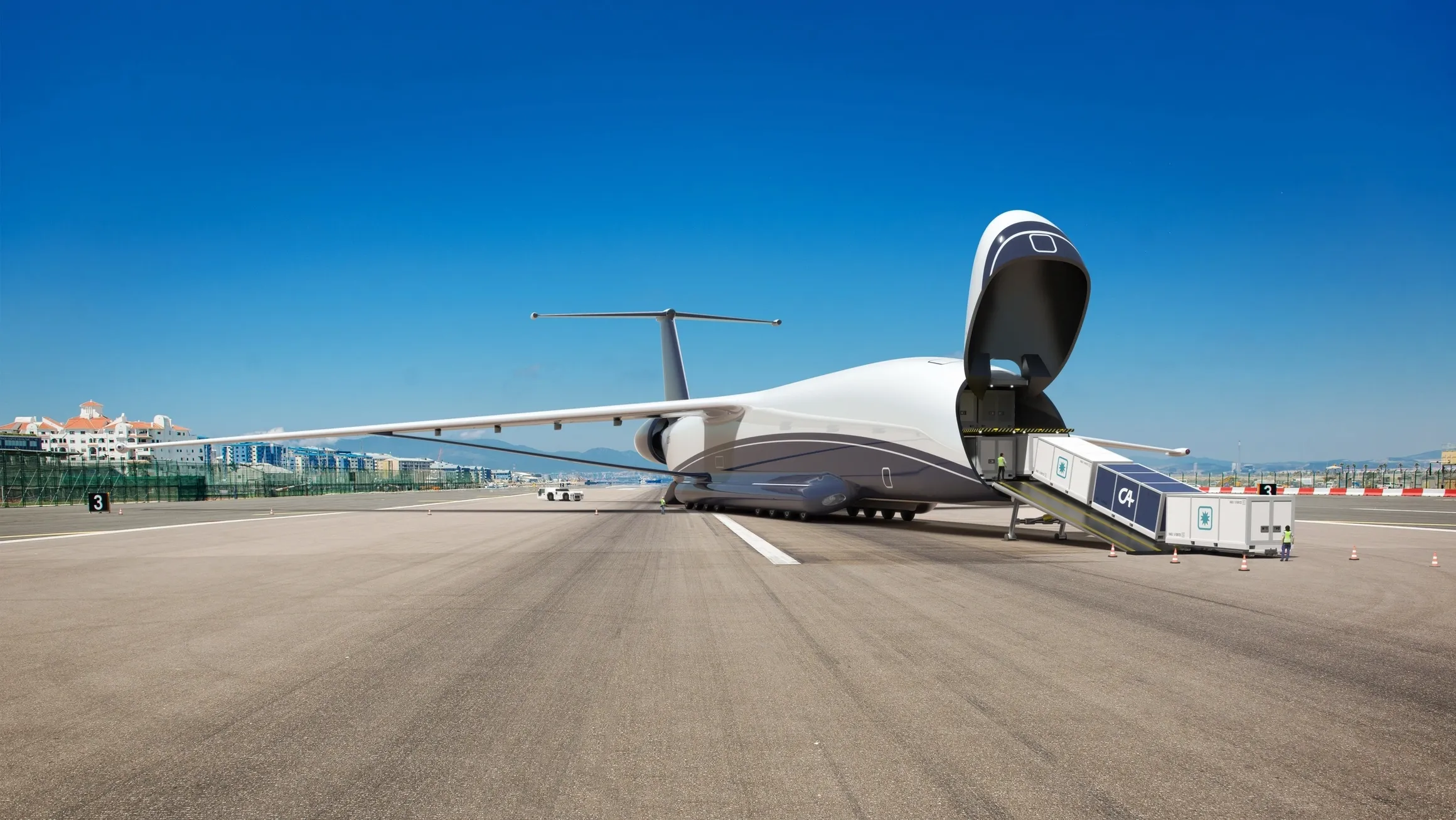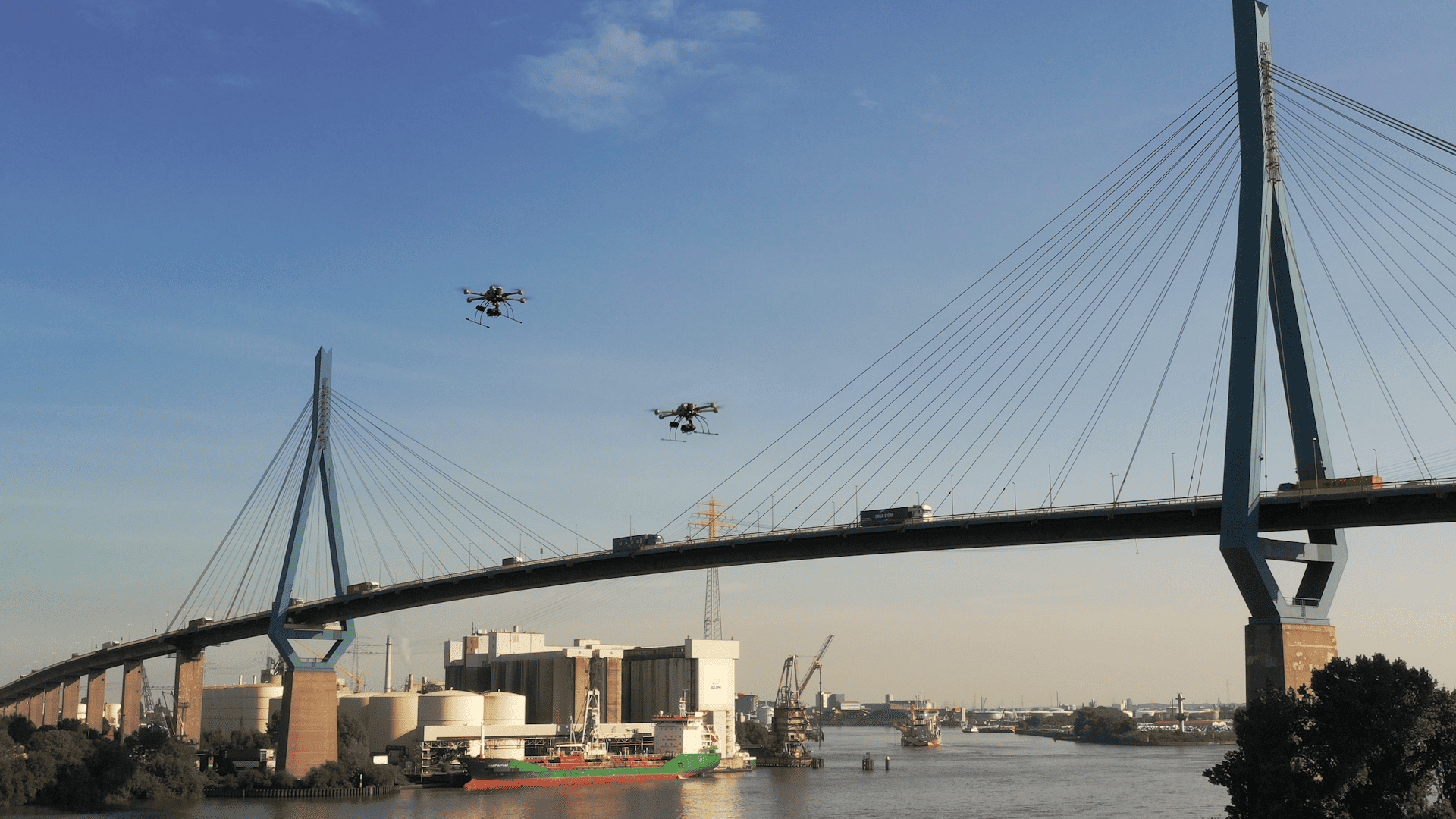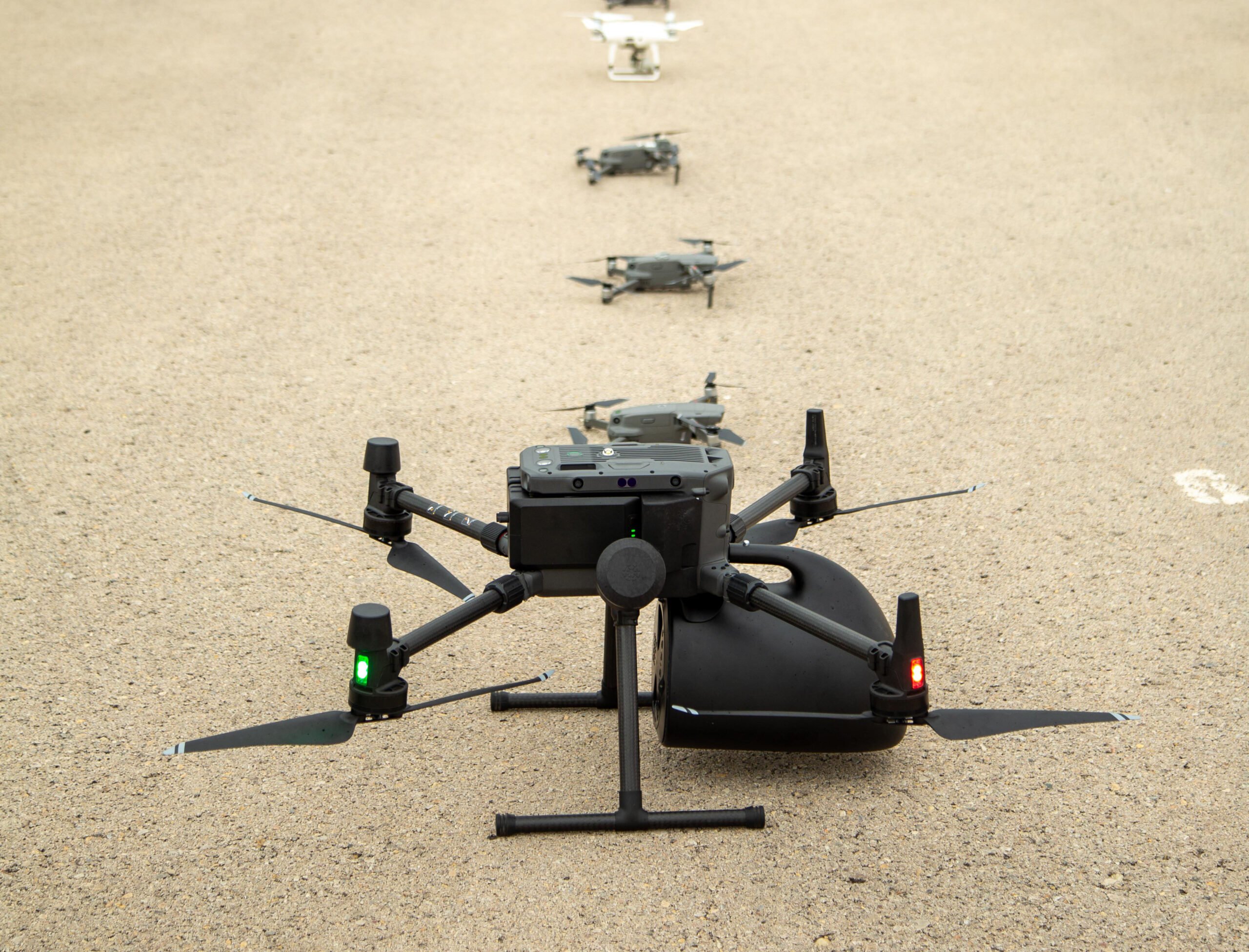
In the near future, drones will fly over the spaces we live in-while fulfilling different tasks. As the number of aircraft – including flying taxis – is expected to increase in the next years, safety standards must improve too. A new control platform for drone flights aims to manage the flight of drones so that accidents between them are avoided. It does this by creating bubbles to protect the flight paths of the drones.
As part of an initiative financed by the Horizon Europe 2020 program, a consortium led by the Polytechnic University of Valencia and comprising the University of Coimbra, the Sapienza University of Rome, EUROCONTROL and the Spanish company Indra, have designed such a tool and have called it Bubbles.
In 2023, the EU U-space regulation will come into force. This standard stipulates that drones will have to be able to perform tasks in airspace safely and efficiently. The aircraft and the person in charge of it will be registered in the airspace and flight plan beforehand – so as to avoid conflict with other ongoing flights – will have to be submitted. To this extent, a system to overlook different aircraft operations comes in handy, just as an airport traffic control does.
“The name says it all, our idea is to define security bubbles around the drones. This isn’t a new idea: in manned airplanes, this concept is being applied already. In their case, it’s called minimum separation,” says Juan Vicente Balbastre Tejedor, a researcher at ITACA and BUBBLES’ coordinator.

Juan Vicente Balbastre Tejedor
Researcher at UPV
He teaches and does research for UPV. He coordinated the BUBBLES project.
Virtual bubbles avoid collisions
For airplanes, three minimum separations are established: longitudinal, lateral, and vertical. Therefore, “breaking” this bubble is an early signal to be sent to the airline pilots, so they can correct their route to avoid the collision. Distances stay relatively the same because airplanes fly in the same way and their features are quite similar.
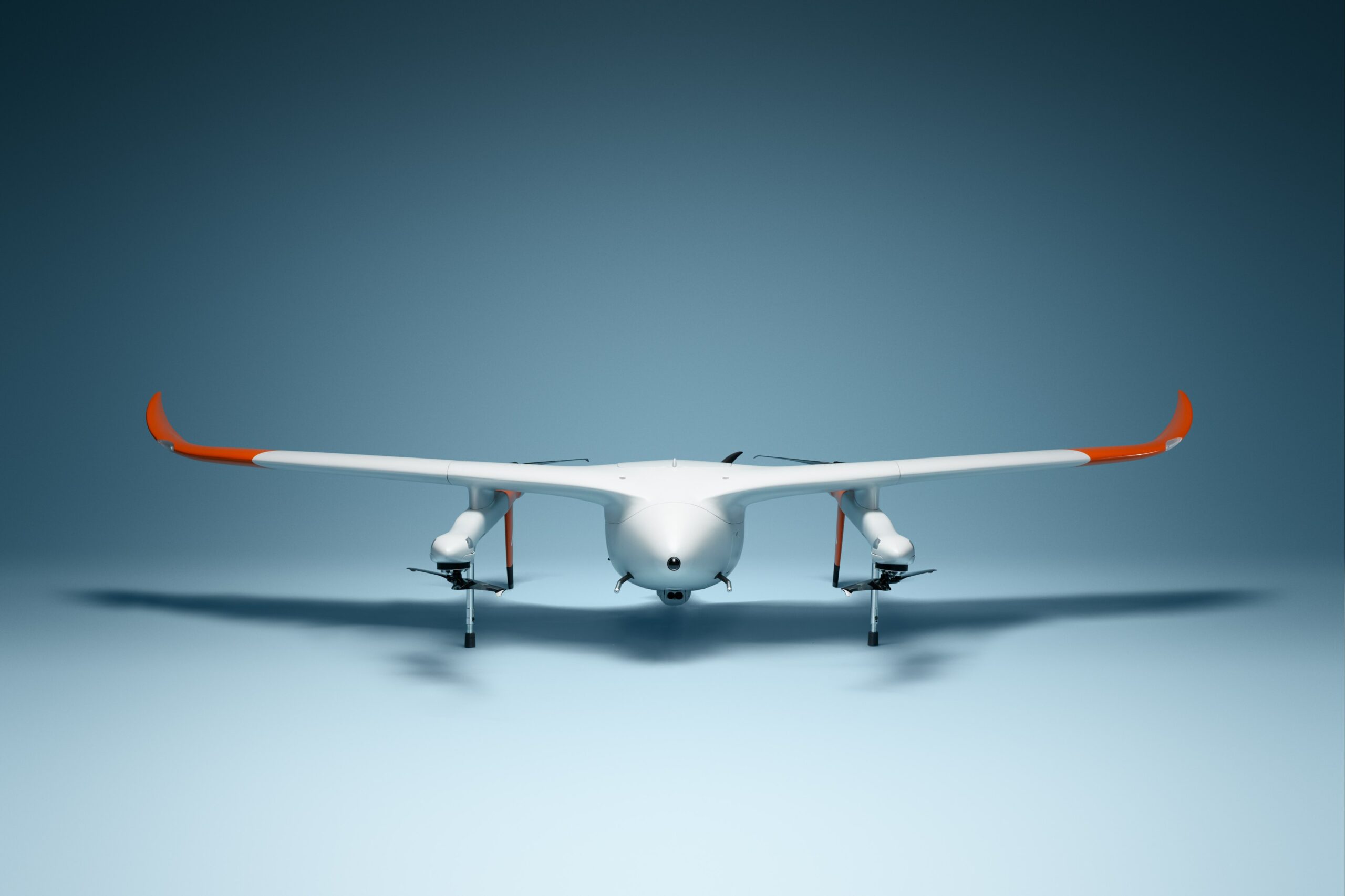
“Things change with drones. They can perform different maneuvers, they differ in terms of technical features and speed, and they can stop and take off vertically. Defining their minimum separation values is more difficult,” explains Balbastre.
UPV’s platform detects – gathering drones’ GPS data – when two bubbles collide, sending the drone operator a message, who receives it in its drone control dashboard. There, a list of conflicts – listed by severity – is presented. Clicking on each one of them, the operator can see speed and route data, in order to avoid the collision.

Safety first
BUBBLES worked on striking a balance between safety and the chance of having more drones flying at the same time. The bigger the bubble, the fewer the space for aircrafts to fly. Conversely, smaller distances decrease safety. Such a balance depends on what safety level is required.
“The EU Commission conducted different surveys, to understand citizens’ sentiment about drone flight, which is accepted as long as the risk is the same as the airplanes. From there, we understood what minimum separations were needed. Then we focused on understanding the communication and positioning systems, developing the platform we have today,” illustrates Balbastre.

Bubbles work
To test the technology, the first massive simultaneous drone flight in Europe was performed. In 15 km2 airspace, 14 drones underwent different simulations, to validate the platform’s reliability. There, different situations were reproduced – lack of GPS signal for instance – and conflicts were forced to see pilots’ reaction time in solving them. All this input contributed to perfecting the platform.
“Reaction time decreases significantly when the drone operator knows that the two bubbles came into contact. Another result we achieved was to adjust minimum separation in real-time, depending on the changing scenario,” tells Balbastre.
Alerts, advice, and orders
As part of the U-space’s services, drones and control platforms need to communicate. The aircraft operator needs to be informed about where to fly, what drones are around it, and – if that’s the case – to change its route. What’s more, an automatization scale is on the European Air Traffic Management’s roadmap.
“It will consist of five levels of automation: traffic information, alerts, advice, orders, mandatory orders, and then informing the operator that a maneuver will be performed, with no chance to refuse it,” explains Balbastre. Similar to what happens with airplanes, rejecting an order can lead to further investigation by the authorities.
Airplanes, ships, and cars all have rules to regulate their traffic. The need to lay the foundation for drone guidelines is pressing too. “In manned aviation, rules establish how to behave in specific situations. As per the drones, things are different, because the pilot is not there. That’s why another European project –CORUS XUAM, led by Eurocontrol – is working on creating these rules,” Balbastre adds.
Vertiports as the new transport hubs
The Valencia research group also tested operations with vertical ports. They represent the hubs for future aviation and can be placed within urban spaces too. Air One recently opened the first European vertiport in Coventry, UK, and plans to test the solution in other countries too.

“What we did was verify how to manage drones taking off and landing from it,” highlights Balbastre. “To gain social acceptance, we must optimize all the operations happening there, from landing to battery charging. Avoiding drones to stay flying for minutes without landing for instance. They are noisy and create discomfort for people. Social acceptance is crucial to integrate such technologies in society.”
Vertiports are set to reshape mobility. Therefore, their integration within urban areas will be a matter urban planners will have – and are already – looking at. In the meantime, researchers will keep improving the safety and efficiency of drones. For now, bubbles are doing the job.


